39 describe the body regions worksheet answers
Nov 3, 2019 — Label the Body Regions · The cranial region or cephalic region is the head and skull · The forehead is referred to as the frontal region. · The ...
You will be able to describe the body's regions using the terms from the figure. Directional Terms. Certain directional anatomical terms appear throughout this and any other anatomy textbook (Figure 1.13). These terms are essential for describing the relative locations of different body structures. For instance, an anatomist might describe ...
Explain the biological levels of organization. Locate the major body cavities. Name the membranes associated with the thoracic and abdominopelvic cavities. Describe the general functions of each organ system. Locate and properly use the terms that describe relative positions, body sections, and body regions.

Describe the body regions worksheet answers
D. Answer the following questions in short: 1. What is a ball-and-socket joint? 2. Which of the skull bones are movable? 3. Why can our elbow not move backwards? 4. What is a joint? 5. How does a snail move? 6. Describe the movement in earthworm. 7. Why do we need a skeletal system? Describe its functions. 8. Plants cannot show movements from ...
Body regions labeling. For a topic like anatomical regions of the body, labeling exercises are a highly intuitive way to learn. Unlabeled and labeled diagrams. Have a look at the labeled images of the regions of the upper and lower limb below. Spend a few minutes connecting what you've learned in the video with what you see labeled.
Michigan Geographic Alliance Regions in the United States 2015 Options for Assessment 1. Use worksheets #5, #6. #7 for assessment 2. Slide 58: Using the clickable maps, turn on two or more human attributes and have students ask and answer questions to describe relationships (e.g., between cotton and growing season; wheat and precipitation; population and corn growing region).
Describe the body regions worksheet answers.
Take a quick interactive quiz on the concepts in Levels of Structural Organization in the Human Body or print the worksheet to practice offline. These practice questions will help you master the ...
Available Formats. Download as DOC, PDF, TXT or read online from Scribd. Flag for inappropriate content. Save Body Regions WS Answers (1) For Later. 33% found this document useful, Mark this document as useful. 67% found this document not useful, Mark this document as not useful. Download now.
Many of the terms used to describe anatomical regions of the body differ from those used when talking about the body in everyday conversation. This can be confusing for new learners. The goal of this module is to help you learn the terms used to describe the anatomical regions of the body.
Body organization 1. Body cavities - hollow spaces within the human body that contain internal organs. a) The dorsal cavity: located toward the back of the body, is divided into the cranial cavity (which holds the brain) and vertebral or spinal cavity (which holds the spinal cord). b) The ventral cavity: located toward the front of the body, is
Overview Reviews Product Description Body Cavities identification quiz or worksheet for Anatomy. A word bank and answer key is included. Store: Everything Science and Beyond Product Videos Contributor Contributor Everything Science and Beyond Grade Level 9-12 Product Type Quiz/WS File Type PDF Pages 3 Answer Key Yes Product Reviews Write a Review Write a Review × Body Cavities Quiz or ...
Figure 1.4.1 - Regions of the Human Body: The human body is shown in anatomical position in an (a) anterior view and a (b) posterior view. The regions of the body are labeled in boldface. A body that is lying down is described as either prone or supine.
body__ 3) Compare and contrast the central and peripheral nervous systems. _ The central nervous system contains the brain and spinal cord. The peripheral nervous system is located through the remainder of the body and controls movement of arms and legs.__ 4) Describe the function of: a) Brainstem: _ controls involuntary processes__
can also be used to describe the various regions of the body. These planes pass through various angles of the body. Label Figure D with the correct plane described below. Midsaggital plane- separates the body into equal right and left halves. Parasaggital plane- separates the body into unequal right and left halves. Frontal/Coronal plane-
The purpose of this lesson is to describe male and female sexual and reproductive systems in-cluding body parts and their functions. OBJECTIVES: By the end of 8th grade Students will be able to… • Describe the male and female sexual and reproductive systems including body parts and their functions. • Describe symptoms of typical infections
Overview of Anatomy Physiology A. Body Organization and Terminology Worksheet Answerspdf 1812k. Anatomy And Physiology Chapter 1 4 Test Anatomy Drawing Diagram Topics of anatomy a.Chapter 1 the human body an orientation worksheet answers pdf. With the help of sunlight it produces vitamin D. To educate your classmates on the gross anatomy physiology and basic […]
Lab 1: Anatomical Regions & Cavities Reading An Overview of Anatomy: Body Regional Terms & Cavities READ Pages 31-37 & 43-44, 47, & 51 Objectives 1. To define anatomical position, and to use directional terms to locate the position of one body part relative to another 2. To use the regional terms to locate specific body areas 3.
1. Refer students to the model of the human body and internal organs in their worksheets. 2. Students label the figure in their worksheets with organs and tissues of the immune system (a through k). 3. Students circle five lymph nodes in different regions of the model using a marker or colored pencil. 4.
Anatomical Adjectives describe specific areas of the body. Learn with flashcards, games, and more — for free.
Control the pace so everyone advances through each question together. Q. A part is Above another part. Q. A part is Below another part. Q. A part is farther away from the point of attachment to the trunk of the body. Q. A part closer to the point of attachment to the trunk of the body.
Results 1 - 24 of 1679 — Review the use of proper anatomical terminology to describe the anatomical position, body directions, surfaces, and body planes.2.
Proximal : is used to describe a part that is closer to the trunk of the body or closer to another specified point of reference than another.23 pages
View Homework Help - body regions worksheet.docx from SCI 110 at Stratford University. Name _T'owana Jones_ Describe the body region each of these terms refer to: 1. Abdominal 2. Acromial 3.
In Anatomy specific terms are used to explain the location of body organs, systems, ... Circle the answer which will make the sentence correct.3 pages
Body regions major body cavities author. We also acknowledge previous national science foundation support under grant numbers 1246120 1525057 and 1413739. This worksheet is used with a beginning anatomy unit that discusses anatomical terminology and body regions. Body regional terms cavities read pages 31 37 43 44 47 51 objectives 1.
Descriptions. The cranial region or cephalic region is the head and the skull The forehead is referred to as the frontal region. The eyes are referred to as the orbital or ocular region. The cheeks are referred to as the buccal region. The ears are referred to as the auricle or otic region. The nose is referred to as the nasal region. The mouth is referred to as the oral region.
Match the anatomical body region to the body part description.
Body Cavities. The cavities, or spaces, of the body contain the internal organs, or viscera.The two main cavities are called the ventral and dorsal cavities. The ventral is the larger cavity and is subdivided into two parts (thoracic and abdominopelvic cavities) by the diaphragm, a dome-shaped respiratory muscle.. Thoracic cavity
Dorsal Body Cavity which houses Cavities the CNS: brain and spinal cord 1). Cranial Cavity 2). Vertebral or spinal cavity • • B). Ventral Body Cavity • which houses all other internal body organs 1). Thoracic: • a). Pleural Cavities • b). Pericardial Cavity • c). Mediastinum 2). Abdominopelvic Cavity • a). Abdominal Cavity • b ...
Start studying HAP: Describe the body region for each of these terms (Worksheet). Learn vocabulary, terms, and more with flashcards, games, and other study tools.
Exercise 3 Imaginary flat surfaces, or planes, can also be used to describe the various regions of the body. These planes pass through various angles of the body. Label Figure D with the correct plane described below. 3 1 2 3 4
Define "body systems" and describe the types of body parts that make up body systems. Identify at least six body systems. Describe the general functions and the main parts of each system. Key Content A body system is a group of body parts that work together to perform a specific function or task.
1. Color the four body planes in quiet, pastel colors. 2. Color the anatomical directions (arrows) in bright or dark colors for emphasis. 3. The body itself is not to be colored. A precise set of terms and planes have evolved to describe positions, relationships, and directions within the human body. To avoid confu-
When an organism is in its standard anatomical position, positional descriptive terms are used to indicate regions and features. Learning Objectives. Describe ...

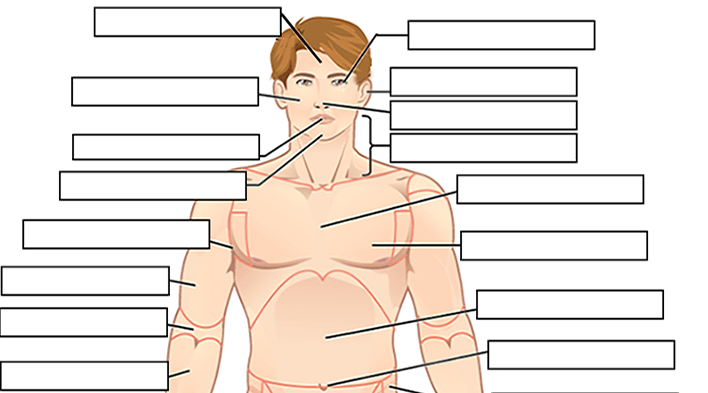










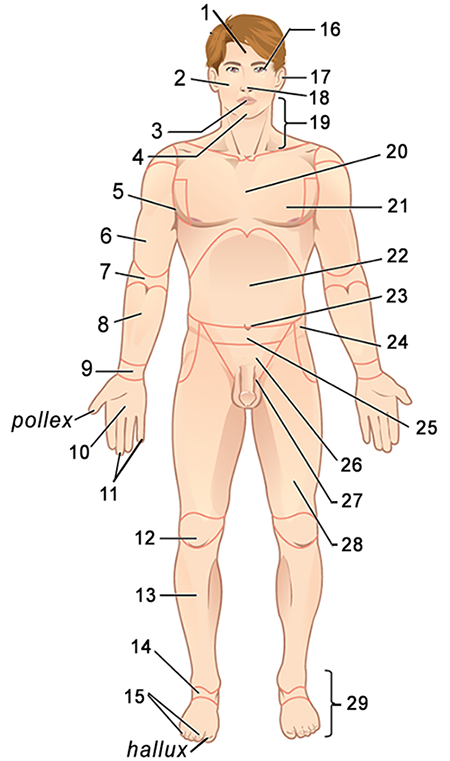
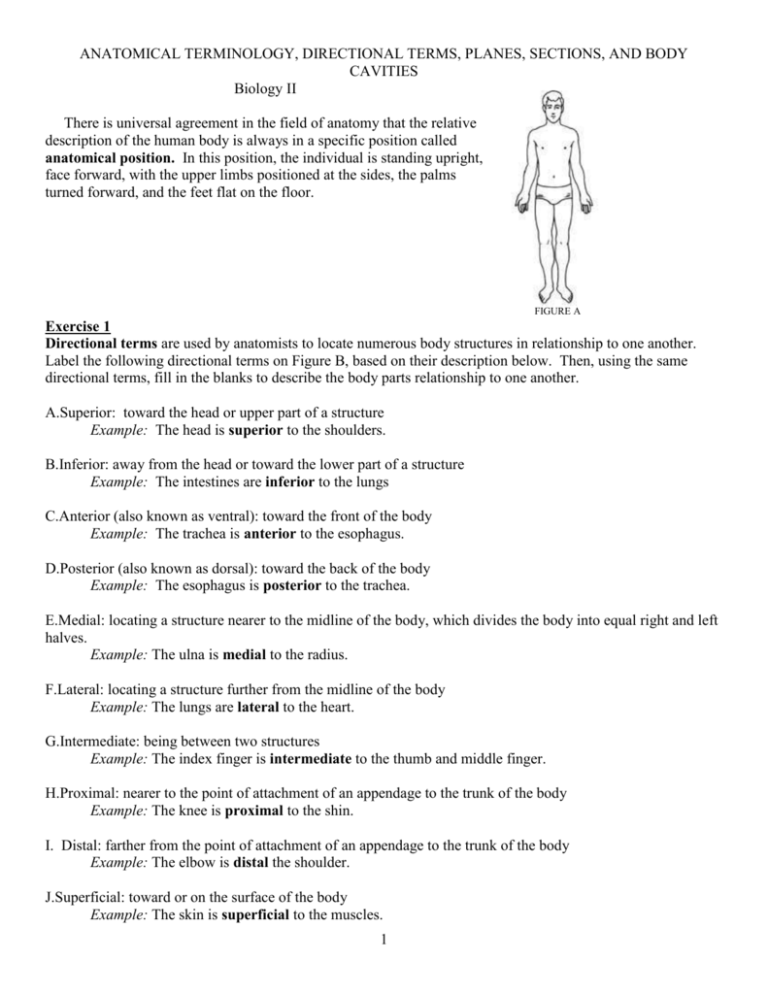
:background_color(FFFFFF):format(jpeg)/images/library/11276/labeled_diagram_regions_of_the_upper_limb.jpg.jpg)

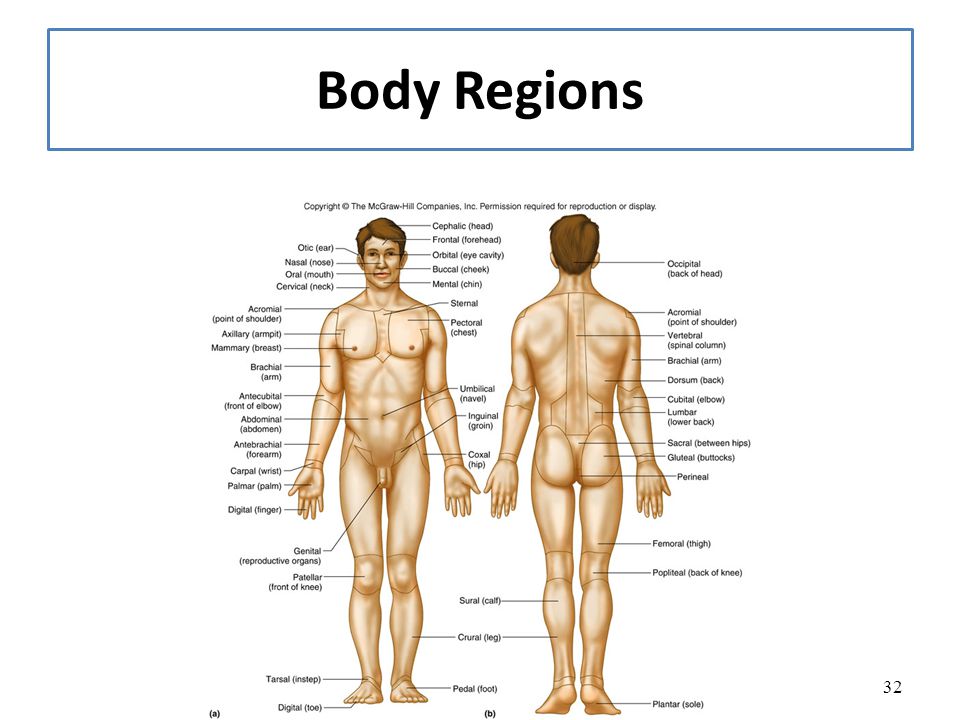

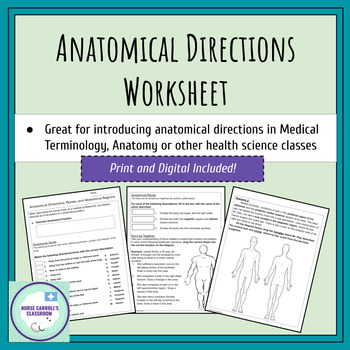



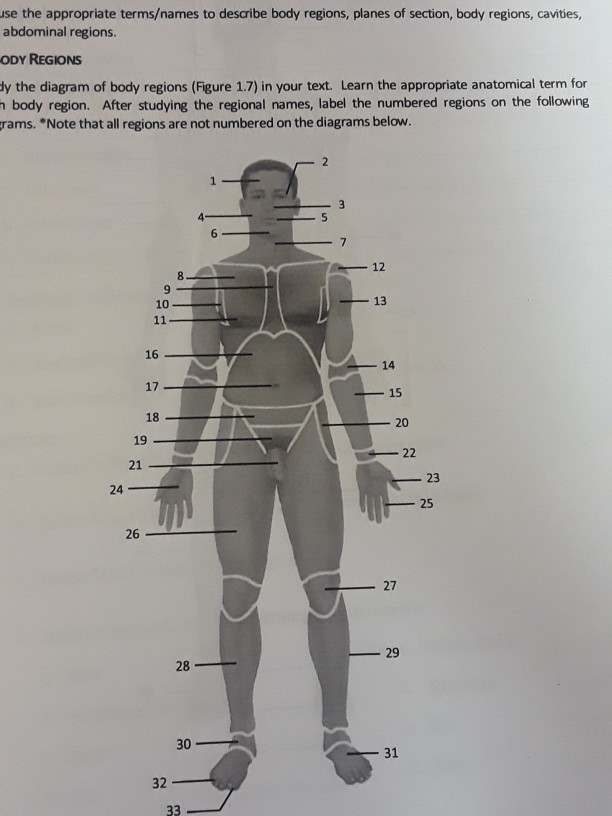

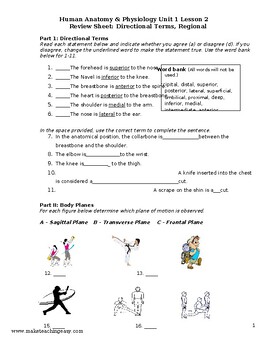


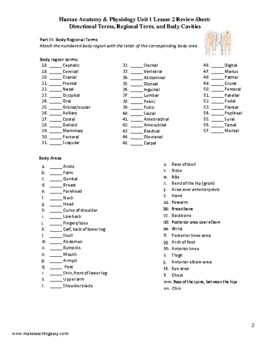




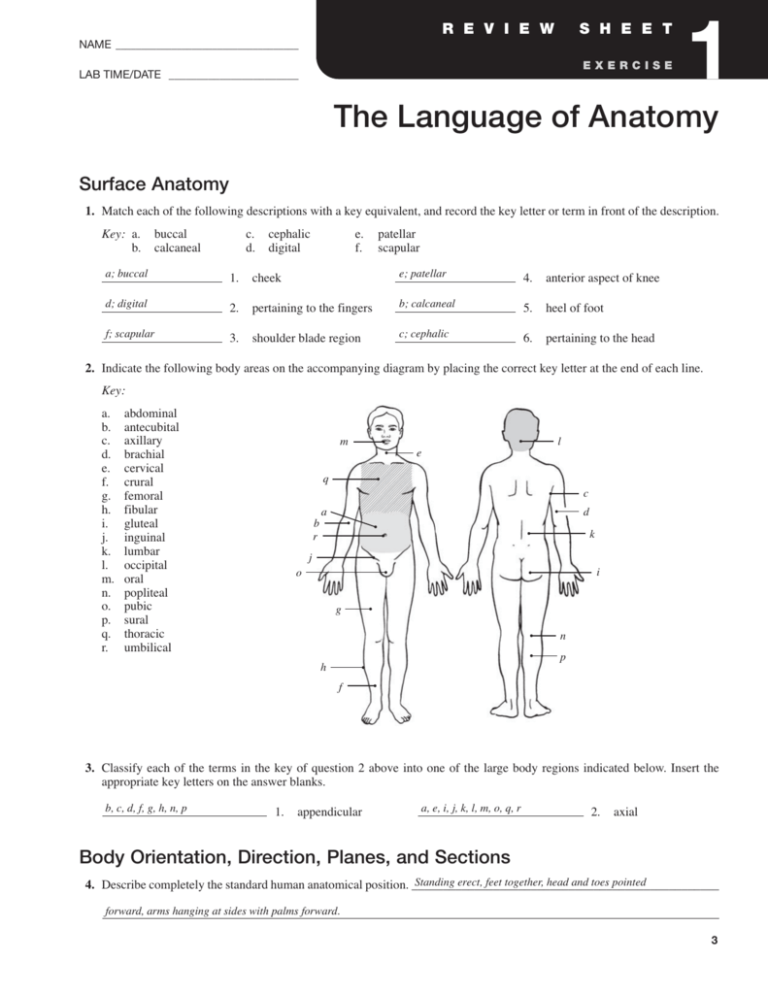

0 Response to "39 describe the body regions worksheet answers"
Post a Comment